Norfênkin
The Norfênkin are a proud people native to the Northlands of Ætheland. They have a rich history full of legendary deeds; and a culture steeped in tradition, folklore, and religious belief. The northern folk have never existed under a unified government, and rather consist of a dizzying number of independent tribes and clans. While many cultural traditions bind them together as a single people, many of these same traditions also keep them fragmented. The Norfênkin are a warrior people tempered in the harsh northern climate which is their home, and they are accustomed to fighting over resources and land rather than sharing them.
The closest they have ever come to unification has been during the Percian invasions over three hundred years ago, when great tribal confederations banned together to repel the southern invaders; and again within the last century as they joined forces once again to finally push their foreign lords out of the northlands.
Despite being under the control of the Percian Empire for over two hundred years, this fiercely independent group has maintained its cultural heritage. With the Empire itself now crumbling, the Norfênkin stand poised on the brink of an opportunity to become one of the world's leading powers; but can they overcome their own internal conflicts and finally unite under a single banner?
History
The oldest history of the people points to origins along the Twin Rivers and the Pinestrêam River. By the time they encountered the fledgling Percian Empire a little over three hundred years ago, they had migrated south as far as The Aethelwud and The Spêdigwald. They have remained a dominate force in the northlands, and even when under the control of the Empire represented a vast majority of the population there.
The Age of Myth
4200 - 3500 Pre-ImperiumThe myths of the Norfênkin age the mortal world at just over five thousand years old. The stories say that the old god Braegor and his two wives, Fraega and Mithya, were exiled from the Celestial Realms and went on a great migration for a thousand years. Finally they discovered a barren realm devoid of life, and it was here that they settled. Mithya gave birth to a son, Djorvich; known as the Forgefather. And Fraega gave birth to a daughter, Hidîg, known as the Hearthmother. It was Djorvich who crafted the land into the shape all see today, and Hidîg who gave life to the land and planted all that is green upon the world. From afar came Visthix, the Great Wyrm, and it was he that created all the animals that roam across the land, soar in the skies, or swim in the sea. Inspired by this new life, Djorvich and Hidîg coupled and from this union was born the first men.
After this, the men upon the mortal realms began to couple, and their numbers swelled. They roamed far across the land, seeking to explore every corner of this untouched realm. Some journeyed far and made their homes in distant lands, while the more faithful settled near the gods who had birthed them in Ætheland and became the first of the Norfênkin.
The Age of Legends
3500 - 1500 Pre-ImperiumIt is during this time that the men of Ætheland began to tell tales of great deeds, wicked evils, and mysterious magics. Many of the great epics of the Norfênkin culture can trace their origins to stories told around campfires during this time. It was a time where the fledgling tribes of the Twin Rivers were still a nomadic people, hunting game and gathering what food they could from the land as they made their way up and down the river.
The great epic known as The Swefn Lêoð, or The Dream Song, tells the tale of a young man named Bjorn Steffenson who heard the song of a nyad in the northern river, and followed her all the way to the sea. He gathered others about him as he traveled downstream. When they reached the ocean and could go no further, they built ships and sailed across the waters to the island of Cuancaegalt. This island is now home to the Cûth'laithan people, who have long been considered close relatives of the Norfênkin.
The Age of Heroes
1500 - 500 Pre-ImperiumThe Age of Heroes is a time where the Norfênkin people began to establish a culture and society along the Twin Rivers and the Pinestrêam River. Villages began to appear, land was farmed rather than scouring the forests for food, and livestock were herded and bred. Stories from this time still carry the weight of legends, and they tell of great heroes who lead this fledgling culture to become the dominant force in the region that it is today. The Wulfgâchgt Cycle, The Chronicle of Eldrick the Red, and Ghîlda's Lament are but some of the stories, songs, and poems that originated in this time and persist around hearth fires today.
Most of the stories from this time are rousing tales of battle, but there are still many which tell the tale of building a society. Heroes who built towns, cleared the land, and discovered new ways to work together as a tribe exist alongside tales of warriors and hunters. The Ballad of Vikênschön's Trees is one such tale, in which the first log great house was built to shelter a clan from the winter chill.
The Age of Thegns
500 Pre-Imperium - 400 Percian EraIn an age that began just over thirteen centuries ago, the history of the Norfênkin begins to emerge from the mists of legend. Towns and villages have been established all along the great river valleys, and settlements by this time have even expanded north into the Forstwald and south along the foothills of the Clingenbalc Mountains. Great warrior chieftains known as thegns rose during this time and united disparate clans into larger tribes. Cooperation among these clans and coordination of resources led to a golden age for the northern folk.
During this time there was a boom in all forms of the arts and sciences, from metallurgy to poetry. The myths and legends of the people were carved into wood, stone, and even metal. Soon, the first written words among the Norfênkin were burned into sheep skins and hung in great halls, cementing the memories of great heroes and thegns into the culture for all time. No longer were tales only spoken before the hearth, but now could be recorded and retold with great accuracy.
The ways of making paper and ink were soon developed, and these writings wee then carried from village to village by traveling druids, who spread tales not only of their own thegn's prowess but also those of the old legends and gods. Stories that had been told a thousand times in the past along the rivers had grown into many different versions, but as the new written forms were copied and distributed the culture of the Norfênkin finally began to appear as one across all the northlands.
The Great Migration
400 - 480 Percian EraThe people of the northlands are a hearty folk and had grown used to weathering the harsh winters along their river valleys, and even in the constant snows in the northern Forstwald. Tribes of Norfênkin had even settled the upper reaches of the Clingenbalc mountains where the chill winds brought summer snows even far to the south. The north men had learned to plant and harvest their crops around these seasonal shifts, and often had large stores saved up for the harsh winters.
Almost four hundred years ago however, a series of harsh winters struck the river valley of the north men. Entire crops were lost as the early snows killed the immature growth; and without grain to feed their livestock, herds of sheep, swine, and cattle died. The stoic folk suffered year after year under the onslaught of the long winter, until finally the thegns decided holding on to their old homes would lead only to the death of their people. The druids spoke of warm lands to the south, and so the Norfênkin packed up what was left of their culture and started the long march through the deep snows.
It was a winter like none had seen before. The snows fell nearly at the end of summer, and all the fledgling crops of the fields withered and died. The rivers froze to ice, and even the very air brought frost down from the mountains. Soon even the hearths grew cold, as the wood refused to take fire in the bitter chill.From The Icenwuld, an account of The Long Winter by Yoseph Ferdigg
The Percian Conquest
480 - 515 Percian EraAs the Norfênkin migrated south, they eventually came to meet an entirely new culture. The Percian Empire had been established and growing for almost five centuries in the lands around The Inland Sea and The Great River. Their expansion northward had halted where the winter snows fell, and their borders had not yet spread past the southern reaches of The Spêdigwald, or what they simply called The Northern Forest. The empire itself was a rich land with thriving cities and towns the likes of which the northern folk had never dreamed.
As the migrating north men settled in the lands around this forest, including the river valleys to the east and the plains to the west, the Percians saw a thriving culture arriving on their doorstep. The nobles of the empire wanted nothing more than to expand their power and influence, and the clerics of the empire's gods desired to spread the word of their religion to these new neighbors. Envoys were sent, offering to take these northern savages into the fold of their great civilization. They were not presented with a warm welcome.
Accustomed to squabbling among themselves for land and resources, and after generations of desperate struggle for survival against bitter winters that were only growing longer, the Norfênkin saw these strange people occupying the warmer southern lands as a threat to their own survival. When the Percian envoys arrived, acting in their odd ways and speaking a strange tongue, the druids begged the old gods for their wisdom. After receiving visions from the gods, they proclaimed to the people that the foreigners would come to dominate all the lands of the north.
The Percian envoys were murdered and their heads sent back to the empire in response to their efforts to make contact, and a great war host was assembled among the southern tribes. Grandsons of those who had fled the bitter north now took up the spear to face a new enemy in the south, this time one with a human face. The empire, already intent on dominating the northern folk, were quick to respond. Their own professional army marched north and met the Norfênkin horde. The first battles were bloody and grueling for both sides. Better trained, organized, and supplied, the southerners were able to outlast the Norfênkin in a war of attrition. Once the initial host was broken, the Percian armies marched north without facing an organized resistance.
This was until they reached the far north. The southern armies suffered greatly in the unfamiliar terrain and bitter cold of the northern realms, and the old clans who had remained in the homeland organized into great tribal coalitions to push back the imperial forces. The series of wars known as The Percian Conquest dragged on for thirty-five years, with the sons of the Percians who fought those initial battles being the ones who finally dominated the northlands.
The Percian Occupation
515 - 710 Percian EraAfter finally bringing peace to the northern lands, as the Percian histories say, the empire set about cementing their foothold on these far reaches by building a series of forts and watch towers. Often, captured Norfênkin warriors served as the very hands building what would be edifices of subjugation for generations of their descendants. While the tribes were given some autonomy to rule themselves, the shadow of the empire was constantly cast by these military outposts; which also served as centers of the commercial interests of the Percians. Coin, goods, and indentured servants flowed into these forts and then south to the heartland of the empire.
For two hundred years, the Percian Empire lorded over the north. As it expanded past the jungles and deserts of the south and the mountains to the east, the northern people were taxed to starvation to support centuries of continual war and conquest. Finally in the year 710 P.E., when the great hero Wulfgar Brögaenson united the clans of The Spêdigwald in open rebellion. Although Wulfgar's Rebellion failed to do much harm to the empire, his own life and death became a legend among the Norfênkin.
The Northland Rebellions
710 - 730 Percian EraBy the time of Wulfgar Brögaenson's death in 710 P.E., the harsh winters of the northern lands had abated and the Norfênkin culture would have been thriving without the yoke of imperial rule around their necks. Still, they had managed to retain much of their old ways, including their faith in the old gods. Their deities blessed them in many ways, as they too wanted nothing more than to see the Percian Empire and it's obtrusive pantheon of decadent gods pushed back. Djorvich, The Forgefather, he who had crafted all the lands of the world; had also given the northern folk a secret weapon with which to drive back the foreigners: Steel.
The Norfênkin had kept this secret for almost a hundred years, and slowly had amassed an arsenal of steel weapons and armor that was spread around the entirety of northern Ætheland. Every home had at least a steel-tipped spear, and many had chain armor the likes of which the imperial forces could not hope to produce. The empire had seen nothing but two centuries of victory over all their foes; but despite all of their airs of superiority, they would soon learn that their military technology had grown woefully stagnant.
While the tribes of The Spêdigwald were already united under a single banner and fighting the Percians on their own soil, the other men of the north were still a collection of small tribes and clans. With the lessons of The Percian Conquest behind them though, they knew that even with their steel weapons they stood no chance against the imperial phalanxes in toe-to-toe battle.
Instead, the northern men launched lightning raids and subversive attacks against the imperial fortresses and watchtowers. Spies would infiltrate these strongholds and poison the water supply or set flame to the food stores. Assassins working as servants in the very households of the imperial commanders would execute them in their sleep. Within a year after Wulfgar's death, the imperial outposts in the north were crumbling.
The north-men did not wage battle with conventional methods, and the time-tested strength of the phalanx was useless against their devious treacheries. The forts had always acted as a center of commerce in the north, and both citizens and north-men frequently passed through the gates. One never knew if a local farmer was arriving to pay his taxes or murder you in your sleep.From The Spear of the North: A Retrospective of the Norfênkin Warrior Culture, by Theroditus
Not to be outdone, the empire marched a great army to the north to put down the insurrection. They were met with ambushes from the forests, trapped bridges, and an assortment of other unconventional warfare tactics. By the time the Norfênkin tribes united to form an army to face the Percian's in open battle, the southern men were decimated and demoralized. After almost twenty years of insurrection, the imperial army was defeated at The Battle of The Aethelwud by a joint force of Norfênkin warriors and Cûth'laithan mercenaries.
The Times of Trouble
730 - 818 Percian Era (Current)Culture
Kάθε βόρειος άνθρωπος είναι στρατιώτης. "Every north-man is a soldier." From The Spear of the North: A Retrospective of the Norfênkin Warrior Culture, by Theroditus
Remove these ads. Join the Worldbuilders Guild


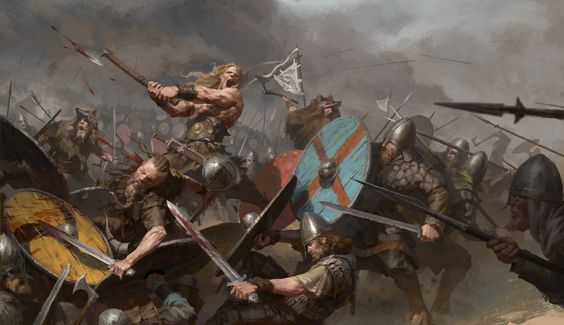
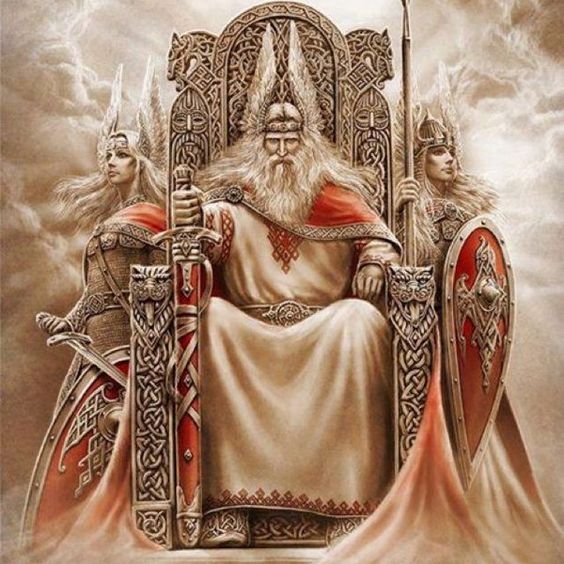
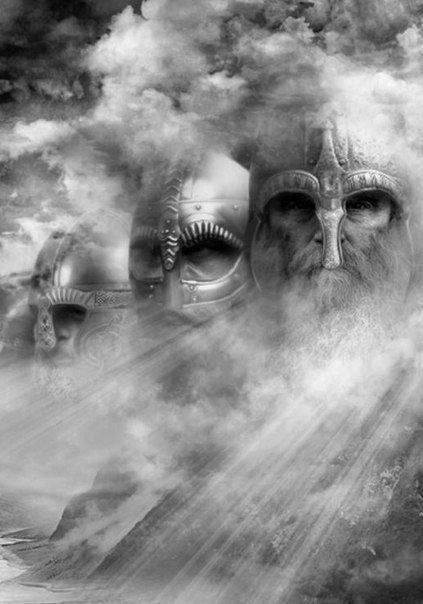
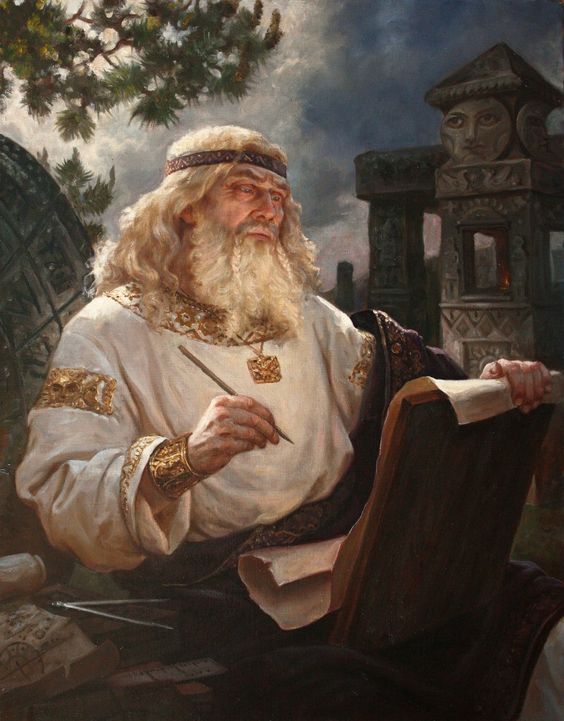
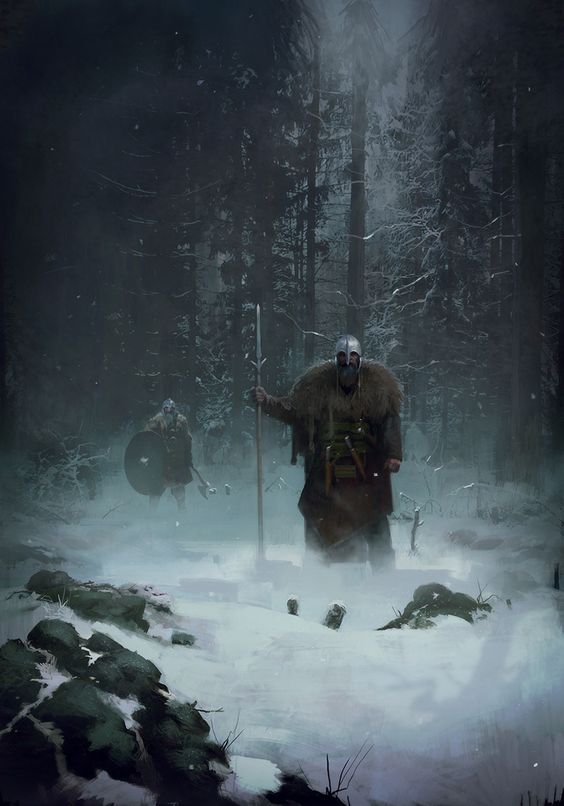
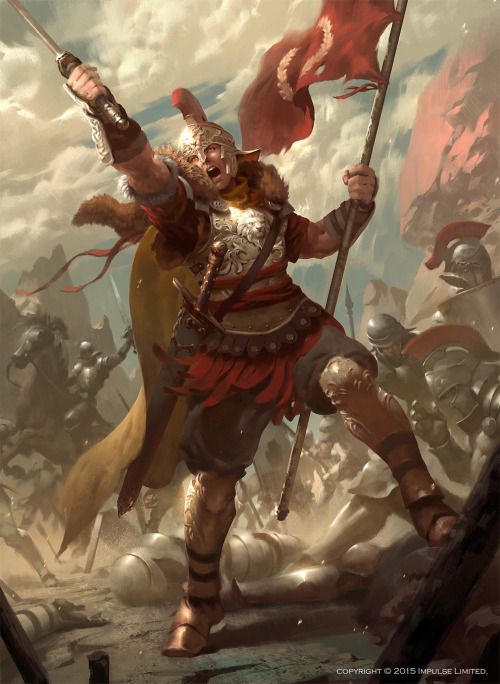
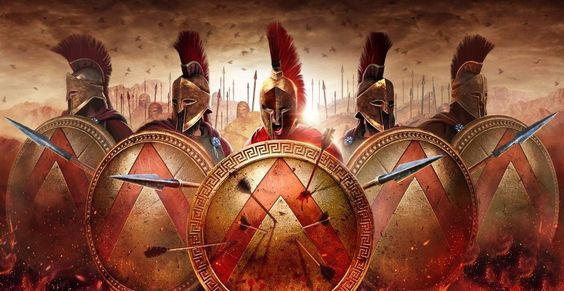
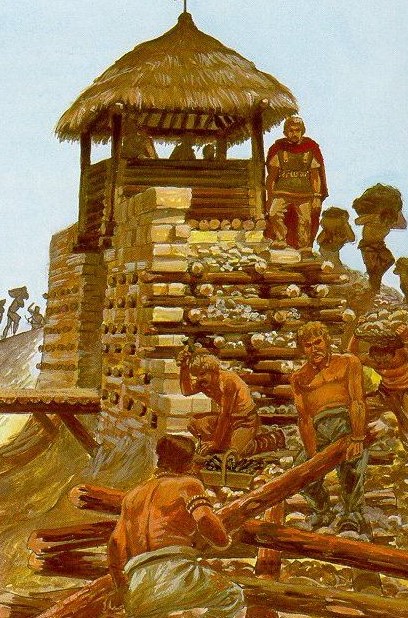
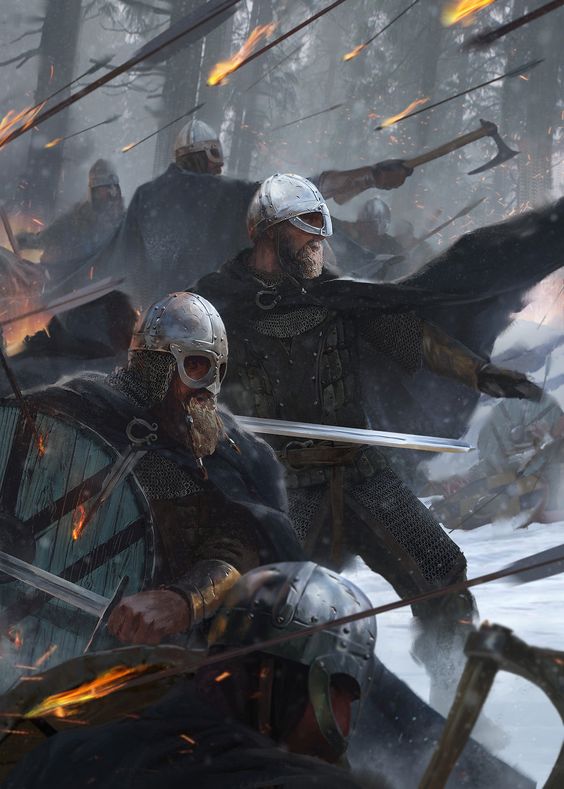
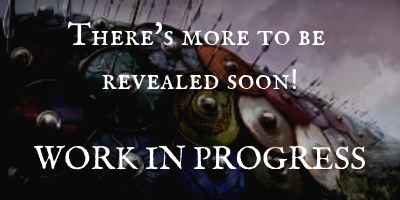
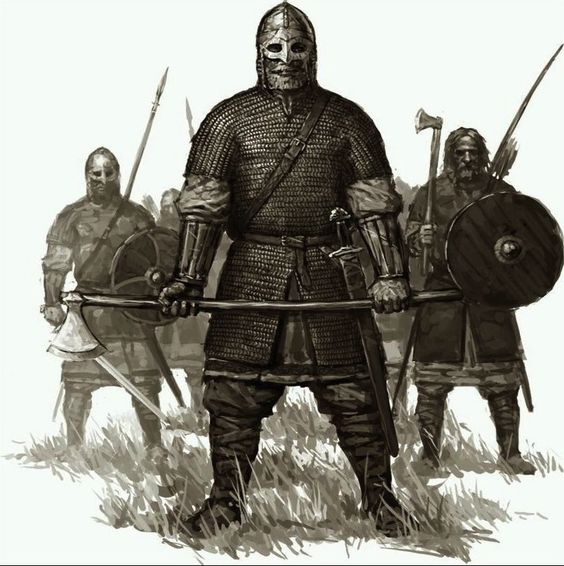







Comments